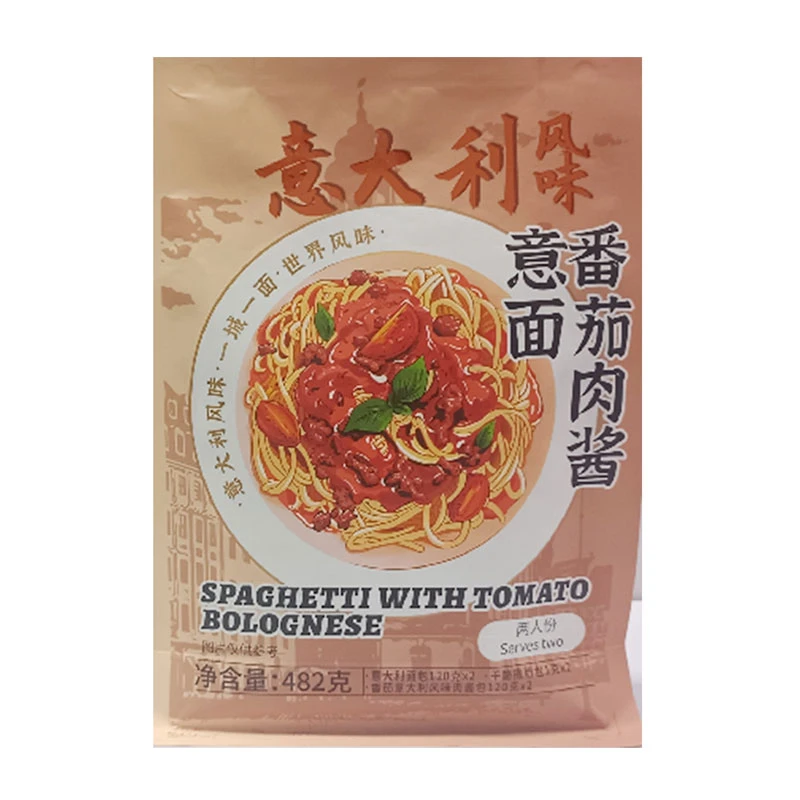The Rise of Instant Noodles in China and Their Cultural Impact
The Phenomenon of Instant Noodles in China
Instant noodles have become a cultural staple in China, transcending their role as mere convenience food to become a significant aspect of daily life for millions. With a rich history that dates back to their invention in the 1950s by Momofuku Ando, the evolution and proliferation of instant noodles have uniquely intertwined with Chinese society, reflecting changing tastes, economic conditions, and even national identity.
A Cultural Staple
In China, instant noodles can be found in various forms, flavors, and packaging, catering to the diverse palate of its population. From spicy beef and chicken to seafood and vegetable flavors, the options are nearly endless. The most common brands, such as Master Kong (康师傅) and Unilever’s Jinmailang (今麦郎), dominate the market, spending considerable resources on marketing to appeal to younger audiences and families alike. These noodles are not just a quick meal; they have evolved into a comfort food, often consumed during late nights of studying, office overtime, or even as a quick snack to satisfy cravings.
Economic Growth and Convenience
The rise of instant noodles is closely linked to China's rapid economic development. As urbanization surged, so did the need for quick, affordable meals for busy workers and students. Instant noodles emerged as the perfect solution—delicious, inexpensive, and easy to prepare. A single bowl can be prepared in just a few minutes, catering perfectly to the fast-paced lifestyle that many Chinese people lead today.
Moreover, the COVID-19 pandemic further cemented instant noodles' position as a food staple. During lockdowns, many turned to shelf-stable noodles as a reliable source of sustenance. Their long shelf life and accessibility made instant noodles a go-to choice when grocery shopping was limited.
instant noodles china

Culinary Innovations
What sets the instant noodle market in China apart is its constant innovation. Manufacturers have kept up with culinary trends and consumer preferences by introducing new flavors and even premium noodle lines. For instance, many brands now offer soup bases which are designed to mimic regional Chinese dishes, such as hotpot or spicy Sichuan cuisine. This innovation not only delights consumers but also showcases the diversity of Chinese flavors.
Additionally, the concept of instant noodle gourmet has emerged. In urban centers, it is not uncommon to find gourmet restaurants offering upscale versions of traditional instant noodles, accompanied by fresh ingredients, high-quality broth, and innovative toppings. This phenomenon signals a broader trend where fast food and fine dining intersect, as consumers seek novel and enjoyable experiences even in their quick meals.
Social Media Influence
The rise of social media has also played a pivotal role in popularizing instant noodles among young people. Platforms like Weibo and Douyin (the Chinese version of TikTok) have become hubs for sharing unique instant noodle recipes, challenges, and reviews. Influencers and everyday users alike showcase ways to elevate instant noodles, making the dish more than just a quick meal but a canvas for culinary creativity.
Conclusion
In conclusion, instant noodles in China are far more than a simple, quick meal option; they are a reflection of the country’s fast-paced lifestyle, economic growth, and evolving culinary landscape. As these noodles continue to adapt to societal changes and consumer demands, they maintain their position as a beloved staple across all generations. From late-night study sessions to family gatherings, instant noodles capture a piece of the Chinese culinary identity that continues to evolve in exciting ways.
-
Unleash Your Inner Chef with Delectable Italian Pasta CreationsNewsAug.01,2025
-
Savor Health and Flavor: Irresistible Soba Noodles for Sale Await!NewsAug.01,2025
-
Nourish Your Body with Premium Organic Ramen - A Culinary Delight AwaitsNewsAug.01,2025
-
Elevate Your Dishes with Our Exquisite Kinds of Egg NoodlesNewsAug.01,2025
-
Dive into Flavorful Convenience with Our Ramen OfferingsNewsAug.01,2025
-
Discover Exquisite Types of Naengmyeon and Chilled Soba NoodlesNewsAug.01,2025
-
Is Whole Wheat Pasta Healthy?NewsMay.30,2025
Browse qua the following product new the we

















































































































